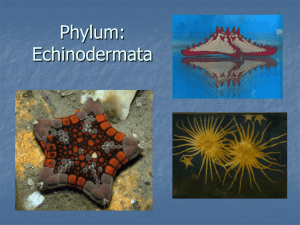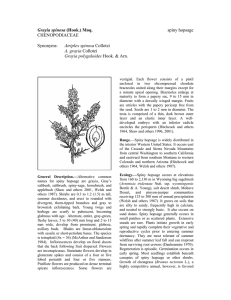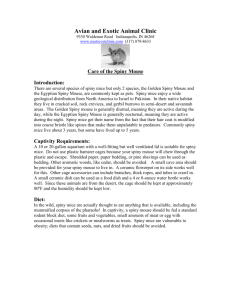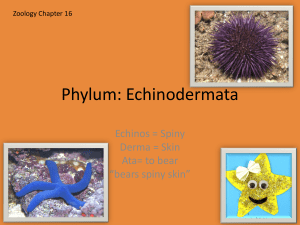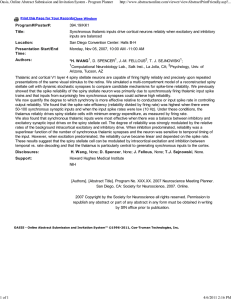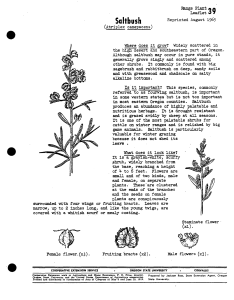Spiny Hop-Sage Range Plant JTQ J*
advertisement
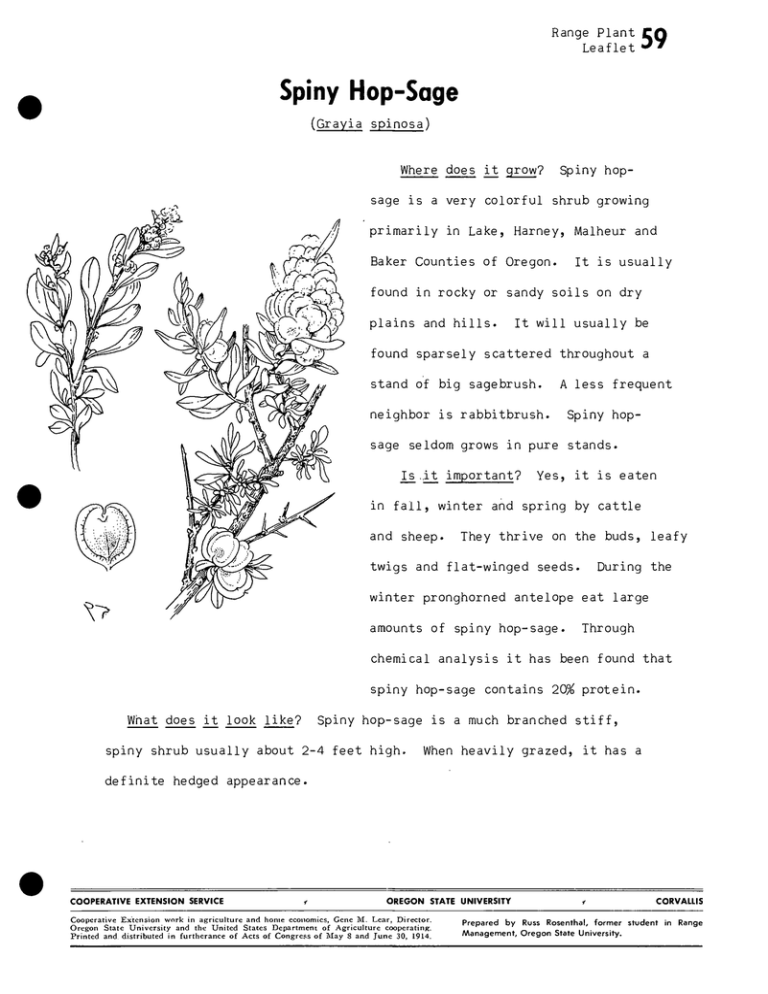
Range Plant JTQ Leaflet J* Spiny Hop-Sage (Grayia spinosa) Where does it grow? Spiny hop- sage is a very colorful shrub growing primarily in Lake, Harney, Malheur and Baker Counties of Oregon. It is usually found in rocky or sandy soils on dry plains and hills. It will usually be found sparsely scattered throughout a stand of big sagebrush. A less frequent neighbor is rabbitbrush. Spiny hop- sage seldom grows in pure stands. _Is ..it. important? Yes, it is eaten in fall, winter and spring by cattle and sheep. They thrive on the buds, leafy twigs and flat-winged seeds. During the winter pronghorned antelope eat large amounts of spiny hop-sage. Through chemical analysis it has been found that spiny hop-sage contains 20% protein. What does it look like? Spiny hop-sage is a much branched stiff, spiny shrub usually about 2-4 feet high. When heavily grazed, it has a definite hedged appearance. COOPERATIVE EXTENSION SERVICE OREGON STATE UNIVERSITY Cooperative Extension work in agriculture and home economics, Gene M. Lear, Director. Oregon State University and the United States Department of Agriculture cooperating. Printed and distributed in furtherance of Acts of Congress of May S and June 30, 1914. CORVALLIS Prepared by Russ Rosenthal, former student in Range Management, Oregon State University. During July and August the colorful fruits give spiny hop-sage a characteristic yellow or reddish tinge which makes it stand out from the -gray green color of big sagebrush. The fruits are nearly circular and l/4 to l/2 inches in diameter. Bark on the stems is shreddy and appears striped. The dark stripes are reddish brown while the lighter stripes are gray in color. The newly formed twigs are pale, sharp and spine-like at the tips. Description; Length of Life—Perennial. Height—2 to 4 feet. Growth Period—Flowers April-May, fruits mature July-August. Other names—Gray's saltbrush, spiny sage, horsebrush and salt brush. Does it look like anything else? No," however, after the seed pods are shed in late August, it may look like greasewood from a distance. But unlike spiny hop-sage, greasewood is a shrub of the flat bottom lands, and it does not have striped stems. Up close, the striped stems will give spiny hop-sage away every time. Drawing from Illustrated Flora of the Pacific States, Vol. II., Leroy Abrams.
